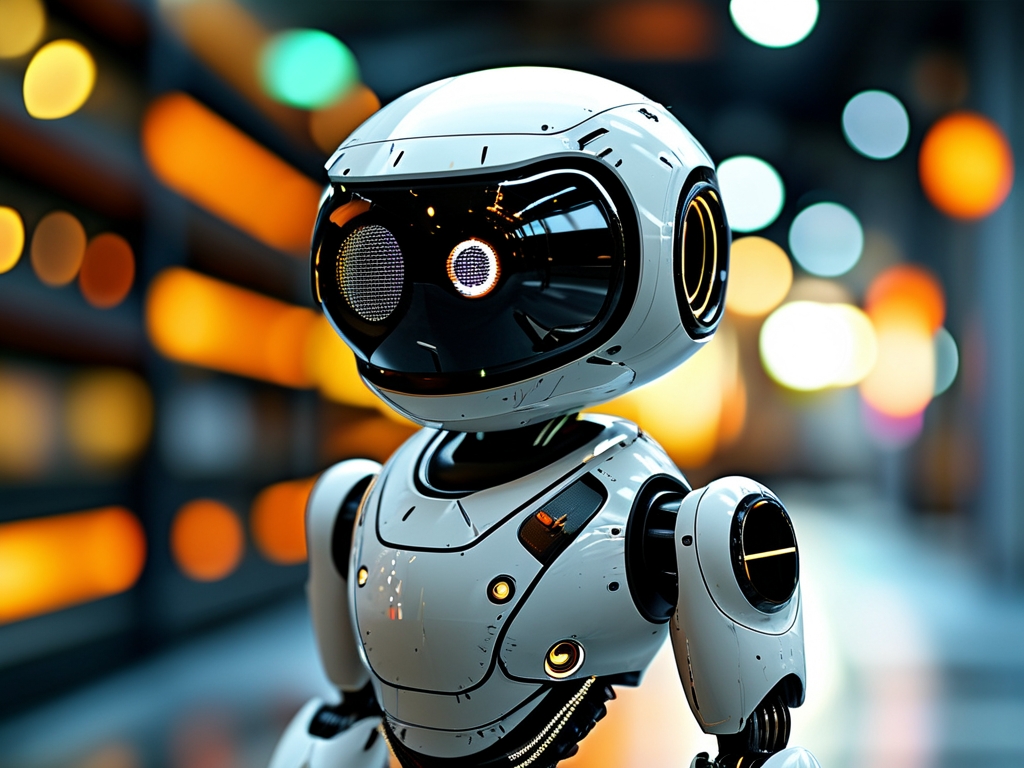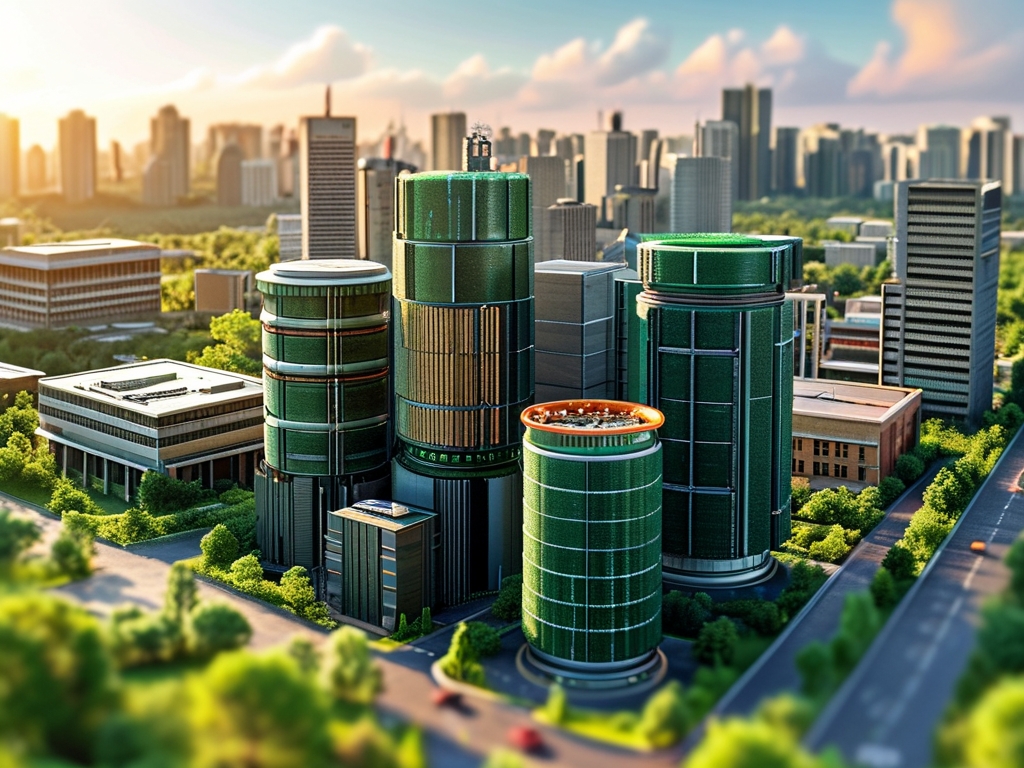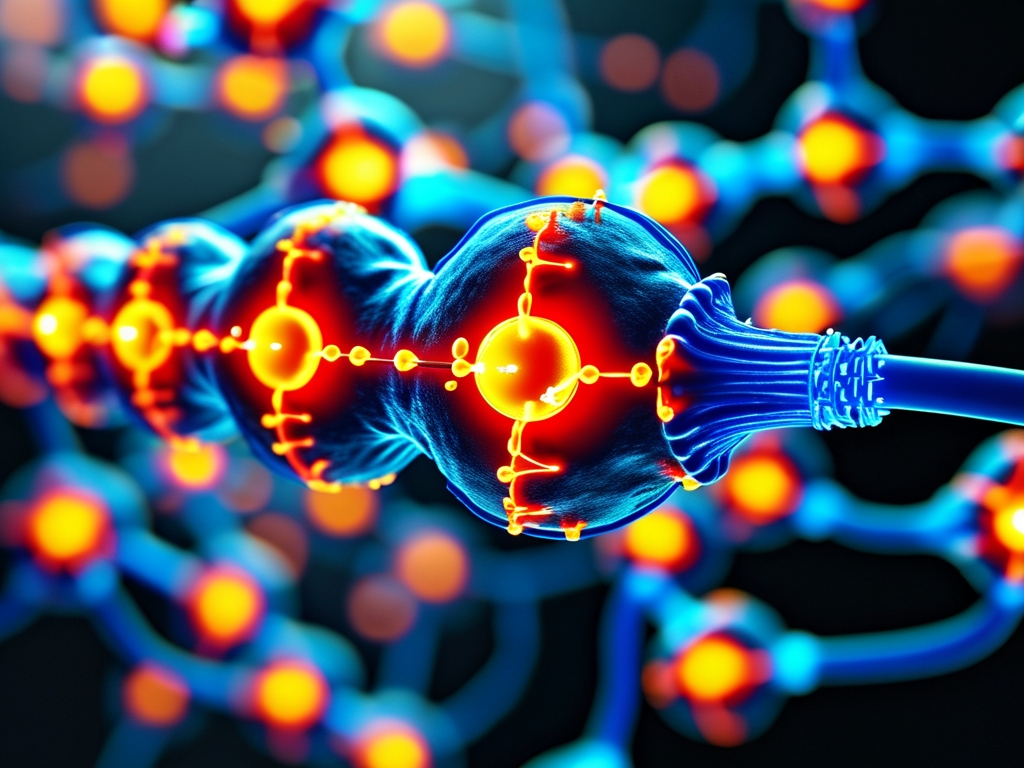The fusion of Generative Pre-trained Transformer (GPT) technology with robotics has ushered in a new era of intelligent automation, redefining how machines interact with humans and their environments. Over the past decade, advancements in artificial intelligence (AI), natural language processing (NLP), and machine learning have converged to create robots capable of understanding context, adapting to dynamic scenarios, and even exhibiting rudimentary forms of creativity. This article explores the technical foundations, real-world applications, ethical challenges, and future trajectories of GPT-powered robotics.
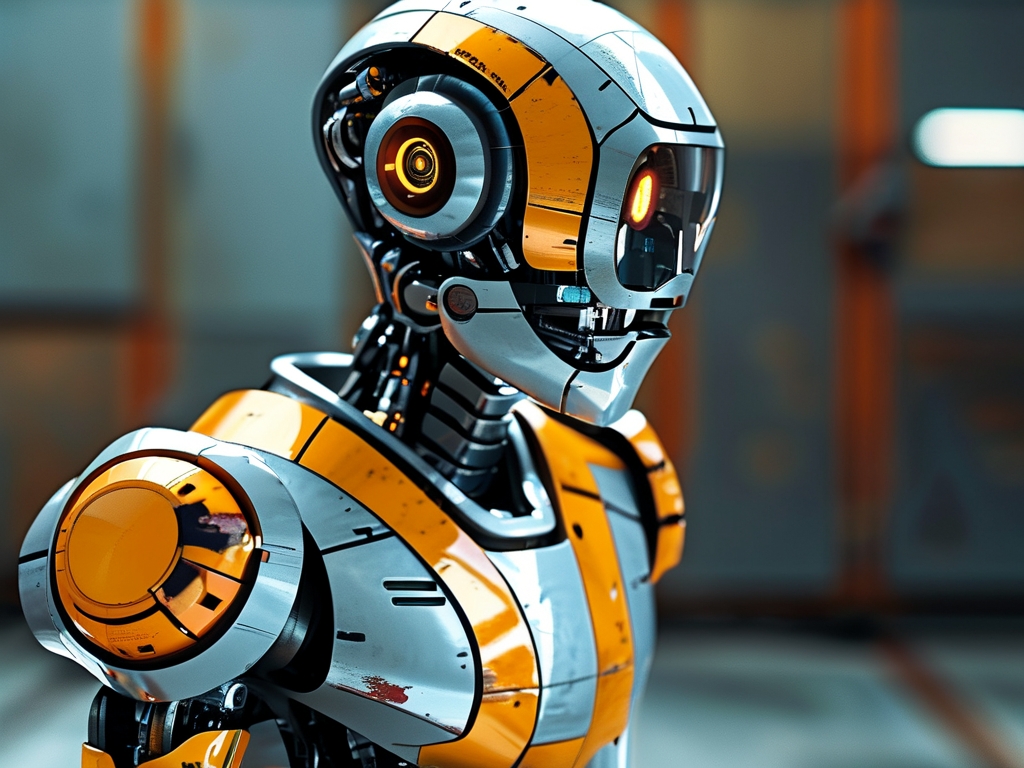
1. Technical Foundations of GPT Robotics
At its core, GPT robotics integrates large language models (LLMs) with robotic systems to enable advanced decision-making and communication. Traditional robots rely on pre-programmed instructions or narrow AI models designed for specific tasks. In contrast, GPT-enhanced robots leverage transformer architectures trained on vast datasets, allowing them to process unstructured data, interpret human language, and generate context-aware responses. For instance, a GPT-powered service robot in a hospital can understand patient queries, cross-reference medical databases, and provide tailored recommendations while navigating crowded corridors.
The synergy between GPT models and robotic hardware involves three critical components:
- Perception Systems: Sensors (e.g., cameras, LiDAR) collect environmental data, which GPT algorithms interpret to identify objects, emotions, or hazards.
- Cognitive Processing: LLMs analyze inputs, predict outcomes, and generate action plans. For example, an industrial robot might diagnose equipment malfunctions by correlating sensor data with maintenance logs.
- Actuation Mechanisms: GPT-derived decisions translate into physical actions via motors, grippers, or mobility systems, enabling tasks like precision assembly or autonomous delivery.
2. Transformative Applications
GPT robotics is already reshaping industries:
- Healthcare: Surgical robots like the Da Vinci GPT-Enhanced System assist surgeons by analyzing real-time patient vitals and suggesting optimal incision points. Post-operative care robots use NLP to answer patient questions and monitor recovery progress.
- Manufacturing: Factories deploy GPT-driven cobots (collaborative robots) that learn from human workers’ verbal instructions. These robots adapt workflows dynamically, reducing downtime by 40% in pilot programs.
- Customer Service: Retail giants employ GPT-powered humanoid robots to handle complex inquiries, process returns, and even detect customer emotions through voice tone analysis.
In education, robots like EduBot personalize learning by assessing students’ language proficiency and tailoring lessons in real time. Similarly, agricultural robots equipped with GPT models analyze soil data, weather patterns, and crop health to optimize irrigation and harvesting schedules.
3. Ethical and Societal Challenges
Despite its potential, GPT robotics raises significant concerns:
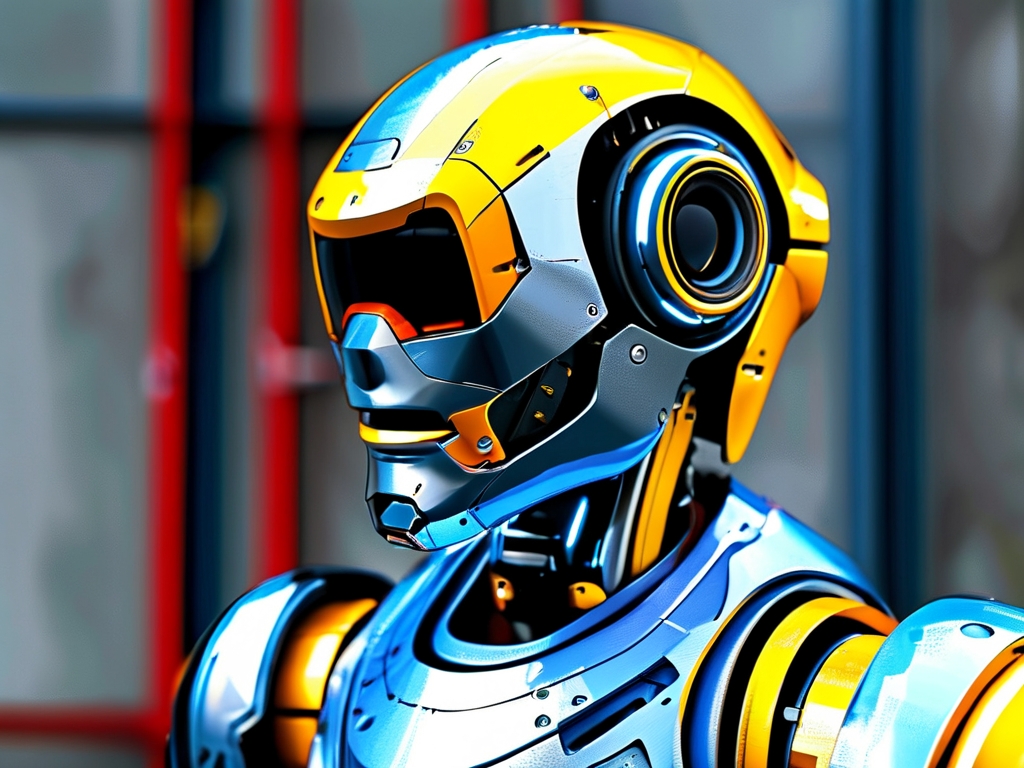
- Bias Amplification: If training data reflects societal biases, robots may perpetuate discrimination. For example, a hiring robot might favor candidates from specific demographics.
- Job Displacement: The World Economic Forum estimates that 20% of current jobs could be automated by GPT robotics by 2030, necessitating large-scale workforce reskilling.
- Autonomy vs. Control: As robots gain decision-making autonomy, defining liability for errors—such as a medical misdiagnosis—becomes legally complex.
Privacy is another critical issue. GPT robots often require access to sensitive data (e.g., patient records or factory blueprints), making them targets for cyberattacks. Regulatory frameworks like the EU’s AI Act aim to address these risks but struggle to keep pace with technological advancements.
4. The Future of GPT Robotics
Emerging trends suggest three key directions:
- General-Purpose Robots: Future systems may combine GPT-5-level reasoning with multimodal sensing (e.g., touch, smell) to perform diverse tasks, from cooking to disaster response.
- Human-Robot Symbiosis: Brain-computer interfaces (BCIs) could enable seamless communication between humans and robots, allowing paralyzed individuals to control robotic limbs via thought.
- Ethical AI Governance: Decentralized blockchain systems might audit robot decisions, ensuring transparency and accountability.
However, achieving these goals requires breakthroughs in energy efficiency (current GPT models demand immense computational power) and public trust. Surveys indicate that 58% of consumers remain skeptical about interacting with emotionally intelligent robots, fearing manipulation or dependency.
GPT-powered robotics represents a paradigm shift in automation, blending linguistic intelligence with physical agency. While challenges persist, collaborative efforts among engineers, ethicists, and policymakers can steer this technology toward equitable and sustainable outcomes. As robots evolve from tools into partners, society must reimagine work, education, and human identity in an age where machines not only think but also act.




